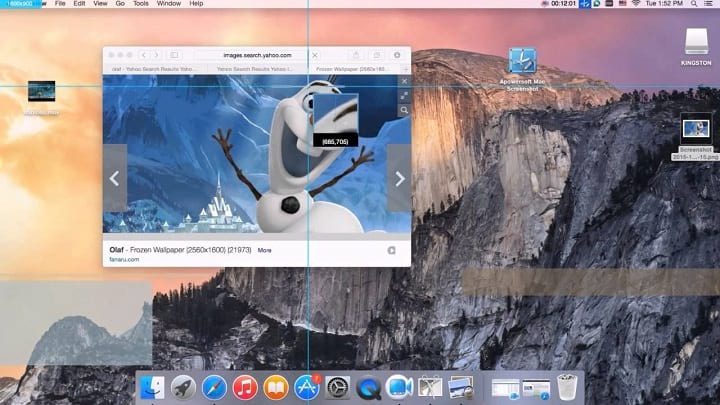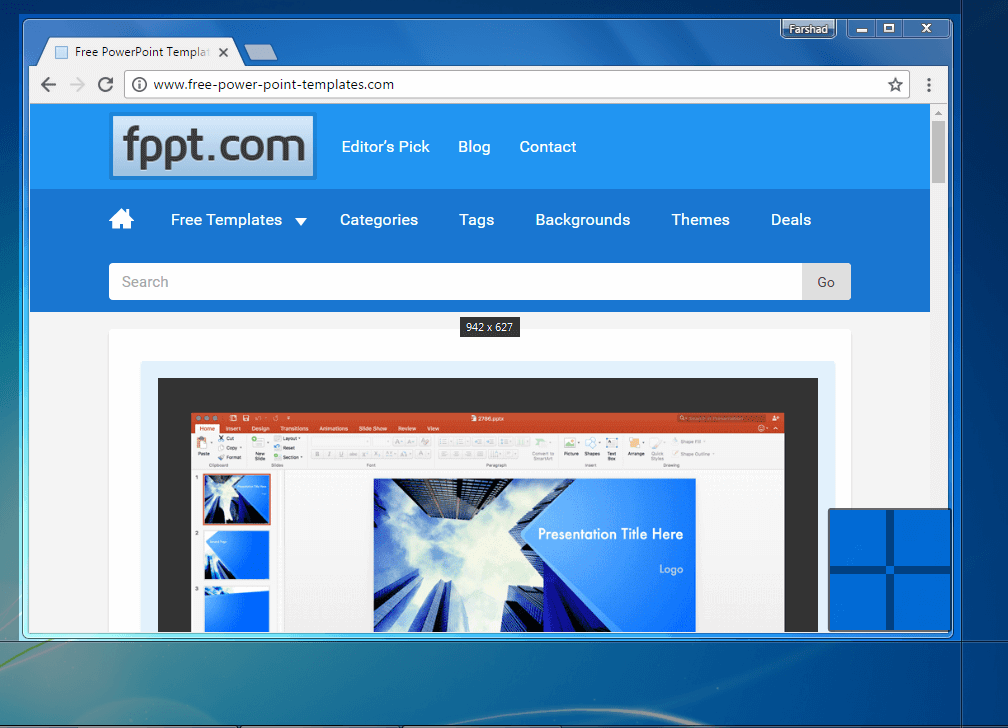Capture Tool 1.0 for Mac can be downloaded from our website for free. Our built-in antivirus scanned this Mac download and rated it as 100% safe. This Mac application was originally created by Syndicate. The application relates to System Tools. Screen Capture Tool is a very useful video recording tool. With this software you can capture games screen, PPT, application tutorial, iPhone simulator, your image's slideshow etc. Also, you can use this application to create demonstration videos for your software products. Joyoshare Screen Recorder for Mac is an all-round video capturing tool to record any screen video and audio, including streaming movies, music, video chats, webcams, etc. In lossless quality on Mac OSX. Painlessly capture screenshots with these free apps for Mac and PC. Some screen capture tools, as you can imagine, are better than others. Which is likely why it gets a lot of use at.
Professional screen capture tool Snagit is an innovative software application that is used primarily for screen capture and screen recording. Take images and points which require emphasis and share this information with clients, colleagues, or friends. You can capture the entire screen, a window, or just a selected portion of the screen. You can then edit it using the markup tools in the toolbar, or click to share it. How to take a screenshot on your Mac. More ways to shop: Visit an Apple Store, call 1-800-MY-APPLE, or find a reseller. United States.
Get the BSD device name of the network interface
- Log in to your Mac with an administrator account.
- While holding down the Option key, then choose Apple menu () > System Information (or System Profiler).
- Select Network from the list on the left side of the System Information window.
- Select the network interface (such as Wi-Fi or Ethernet) from the list of active services on the right side of the window.
- From the details section at the bottom of the window, find 'BSD Device Name.' In the example pictured, the BSD device name for Wi-Fi is en0.


Capture the packet trace
- Open Terminal, which is in the Utilities folder of your Applications folder,.
- Type the following command, but replace
BSDnamewith the BSD device name (such as en0, en1, or ppp0) from System Information:sudo tcpdump -i BSDname -s 0 -B 524288 -w ~/Desktop/DumpFile01.pcap - Press Return, then enter your administrator password when prompted.
- Terminal should say
tcpdump: listening on...to indicate that it's listening for activity on that network interface. - While Terminal is open, perform the network function that you want to test.
- When the network function is complete, return to Terminal and press Control-C to capture the packet trace. Terminal saves it to your desktop in a file named 'DumpFile01.pcap.'
- To see the contents of the file, use this command in Terminal:
tcpdump -s 0 -n -e -x -vvv -r ~/Desktop/DumpFile01.pcap - To capture additional packet traces, modify the Terminal command to increment the number of the saved file (such as DumpFile02.pcap and DumpFile03.pcap).
Learn more
The Apple Developer website has more information about packet traces. When troubleshooting a network connection, you should know your computer's model, macOS version, IP address (and the destination IP address), and media access control (MAC) address. You should also understand your computer's role in the network activity, as well as the time of each network event associated with the issue.
Screen Capture Tool For Mac Tutorial
When troubleshooting the connection between an AirPort Base Station and a broadband modem, restart the base station and capture its interactions with the Internet service provider while it starts up. You can restart the base station using AirPort Utility, or by briefly unplugging it from power. While testing, it's best if the base station, modem, and capturing computer are connected to an Ethernet hub, not a switch. You should also manually assign the capturing computer's IP address so that it doesn't take the DHCP lease that the base station needs (a 169.254.x.x address should suffice).
Free Screen Capture Tool For Mac
The packet trace may show that the TCP checksum of packets sent by the Mac is bad. This is because the packet trace is being captured at the link layer of the network stack, which is just before the physical network adapter where checksums are generated. This can be safely ignored.